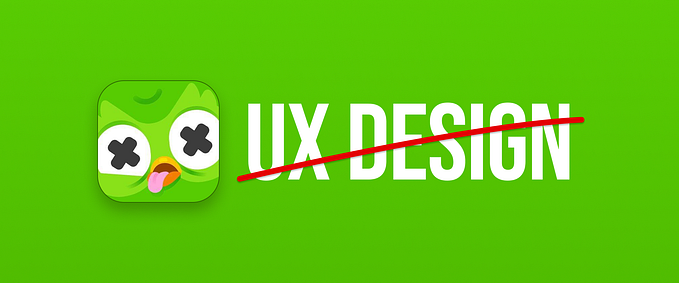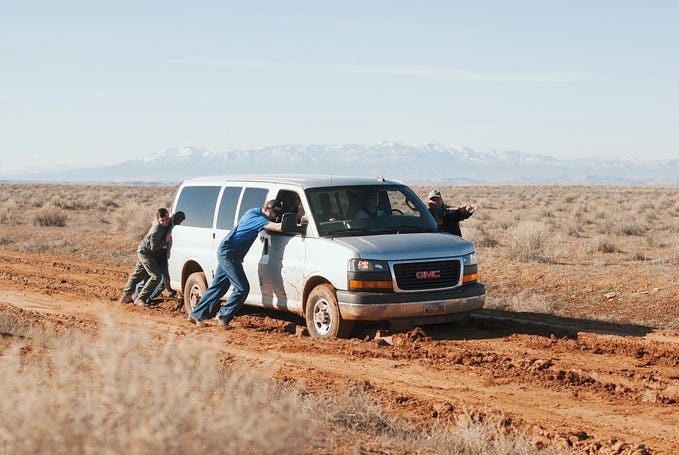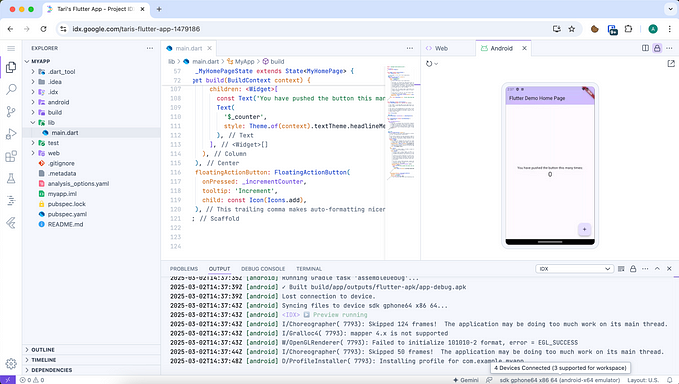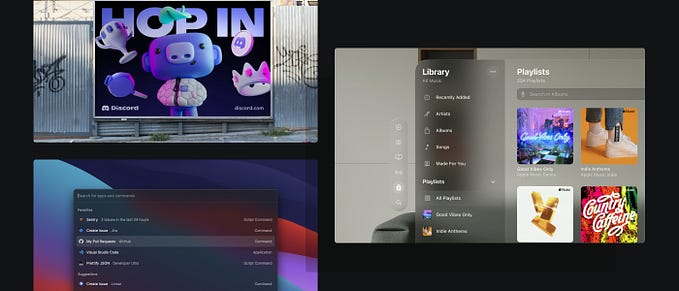Member-only story
Understanding workflow interviews, one of the best 5-minute reality checks from users
A quick method for getting user guidance about how they actually work

You might find workflow interviews to be your best friend when designing more complex interfaces.
Workflow interviews aren’t a prominent user research method because they’re usually not done as stand-alone research. They’re usually a part of user interviews, but they don’t necessarily have to be.
I’ve often found that they are great as a Tag-along meeting to any interaction I have with users. In addition, they’re the reality check that your project desperately needs.
Understanding the workflow interview
At one of my first workflow interviews, a participant laughed at what we presented. It wasn’t to be mean: we got the general gist of their workflow but used wholly inappropriate terms.
“Nobody uses the word burn.” The participant said after he stopped chuckling. “You cauterize tissue. If you burn it, you’d be going to the ER.”
This sort of reality check was incredibly useful in building a Hierarchical Task Analysis (HTA) that broke down the complicated steps of laparoscopic surgery and happened informally after another meeting.
A few weeks ago, I talked about Tag-along meetings, where you take the last 5–10 minutes of another meeting (or chat in the hallway) to talk with participants individually about user research (or other things). Workflow interviews are often perfect for this because they’re bite-sized versions of research methods, such as:
- User Testing
- User interviews
- Concept Testing
- Storyboarding
- Hierarchical Task Analyses
- etc.
We’re not trying to get statistical significance to get 85% of all usability problems by talking with five users.
We’re trying to get a quick reality check from users or subject matter experts by trying to understand their workflow using whatever design artifacts we might have. It can be especially effective if you have standing…








